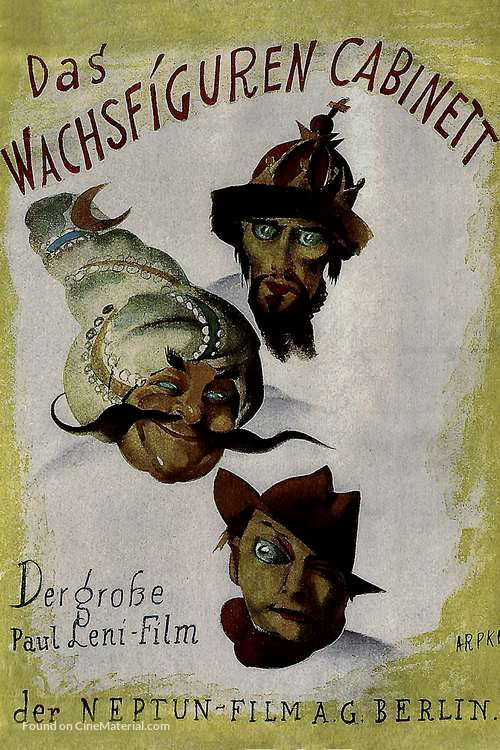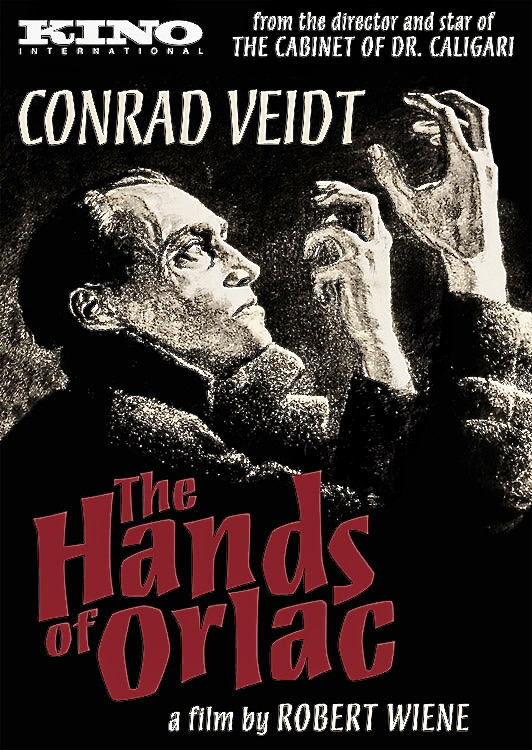
What is the worst thing that could happen to a celebrated world class pianist? It would have to be something that destroyed his famous hands, wouldn’t it? The Hands of Orlac, based on a novel by Maurice Renard, has been adapted for the screen numerous times but the 1924 version by German director Robert Wiene remains a masterpiece of silent horror cinema.

The German cinema, in fact, has to be credited as one of its primary founders and shapers of the horror genre beginning in the early silent era with such influential movies as Der Golem (1915), directed by Henrik Galeen, Ein Seltsamer Fall (1914), directed by Max Mack, and Alraune (1918), directed by Eugen Illes and based on the popular novel by Hanns Heinz Ewers which mirrored many of the same themes as Mary Shelley’s Frankenstein.

The watershed year was 1919 which saw the release of Unheimliche Geschichten (aka Five Sinister Stories) and Robert Wiene’s The Cabinet of Dr. Caligari starring Conrad Veidt as Cesare, the homicidal somnambulist, and were soon followed by the 1920 remake of Der Golem, Nosferatu (1922) and Waxworks (1924), all landmark horror films.
Veidt, an actor from the Berlin theatre world who had studied under the famous Max Reinhardt, had also appeared in the fantastical Unheimliche Geschichten and already established himself by this point as someone who excelled in offbeat, challenging and menacing roles as witnessed by his previous performances in Der nicht vom Weibe Geborene (1918, as Satan), Different from the Others (1919, as a blackmailed homosexual), and Satanas (1920, in multiple roles including another impersonation of the Devil). So, it was not surprising that Wiene and Veidt would reteam after the international success of Caligari on another film and in 1924 they collaborated on The Hands of Orlac (Orlacs Hande). Although technically an Austrian production, the film is usually associated with other German films of the period since Wiene and Veidt are German.

Synopsis: Orlac (Conrad Veidt), a famous concert pianist, is severely injured in a train wreck that fractures his skull and mutilates his hands. Dr. Serral (Hans Homma), the supervising surgeon, decides to amputate Orlac’s ruined hands and replace them with the hands of a recently executed prisoner who was serving time for murder. Once the pianist recovers and realizes that his hands are those of a killer, he becomes too distraught to resume his career and begins to question his sanity. Who is that strange man who is shadowing him? Why do his hands seem to have a life of their own? The storyline becomes increasingly grim as Orlac’s father is found murdered and the fingerprints on the knife match those on the pianist’s new hands.

In contrast to the delirious, hallucinatory quality of The Cabinet of Dr. Caligari with its distorted sets and expressionistic lighting to suggest a disordered mind, The Hands of Orlac is closer in style to a psychological melodrama grounded in reality and downplays the more fantastic elements of the story despite the horrific plot developments. The film’s slow, deliberate pace and avoidance of horror clichés may disappoint fans of the genre but there is much to admire here.
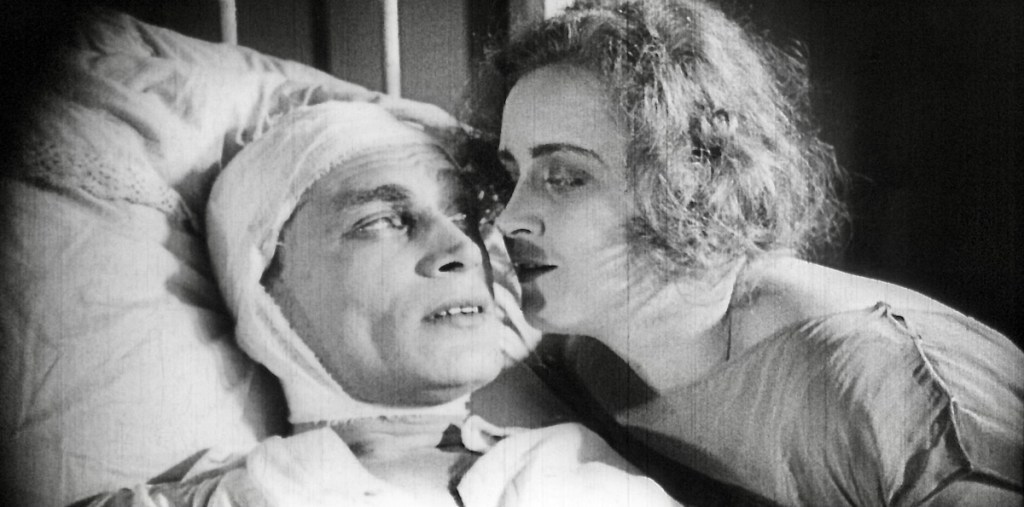
There are some marvelous set pieces – the sprawling, massive train wreck, for example – and an intense, mesmerizing performance by Veidt as the increasingly frantic Orlac. Fritz Kortner as Nera, a blackmailer who is driving Orlac toward insanity, is also suitably sinister and hard to forget as the most diabolical character in the film.
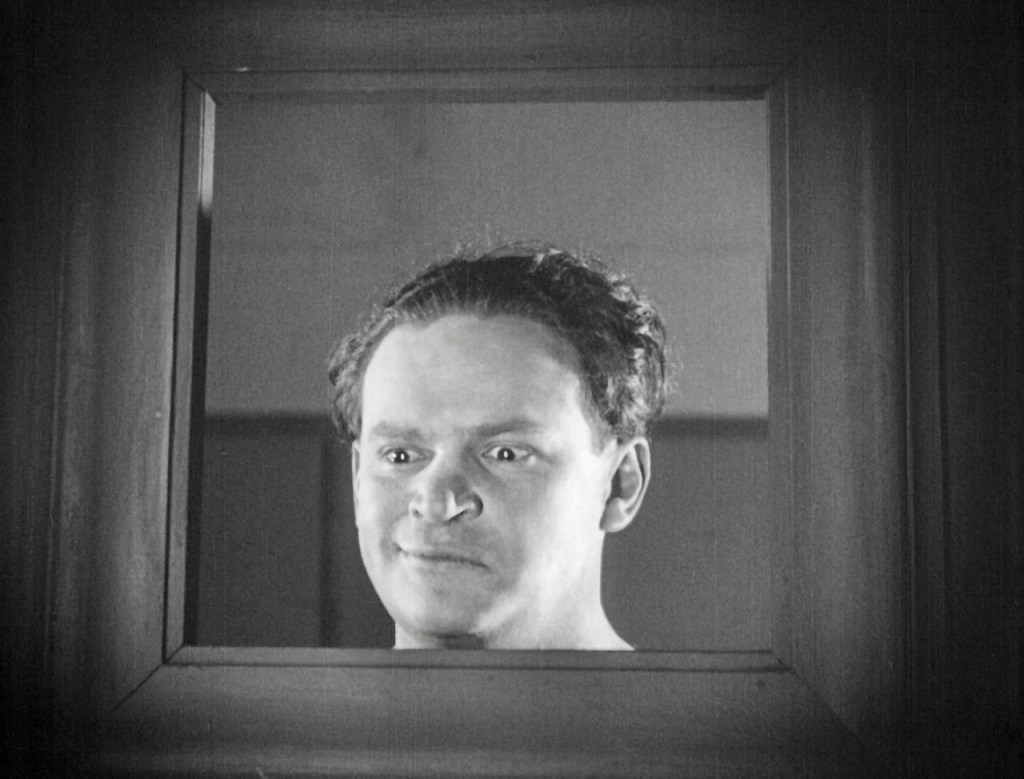
Best of all, the cinematography by Hans Androschin and Gunther Krampf sustains the unsettling, doom-laded mood of the movie throughout on a visual level. Krampf, in fact, was an expert in this genre, and would go on to film such significant fantasy films as Der Student von Prag (1926), which also starred Conrad Veidt, The Bells (1932), The Ghoul (1933) with Boris Karloff, and Transatlantic Tunnel (1935).

When The Hands of Orlac was released in Germany, it proved to be an artistic and box office success. Der Kinematograph called it “an exceptionally thrilling and fantastic film, carried by the remarkable creative power of Conrad Veidt” while the Film-Kurier wrote, “Full of endless genius is the byplay with his [Conrad Veidt’s] hands. Their eloquence alone reveals the drama of the soul. Veidt is one of the few select portrayers of man in German cinema.” Despite the glowing reception from German audiences and critics, The Hands of Orlac did not fare as well on the other side of the Atlantic.
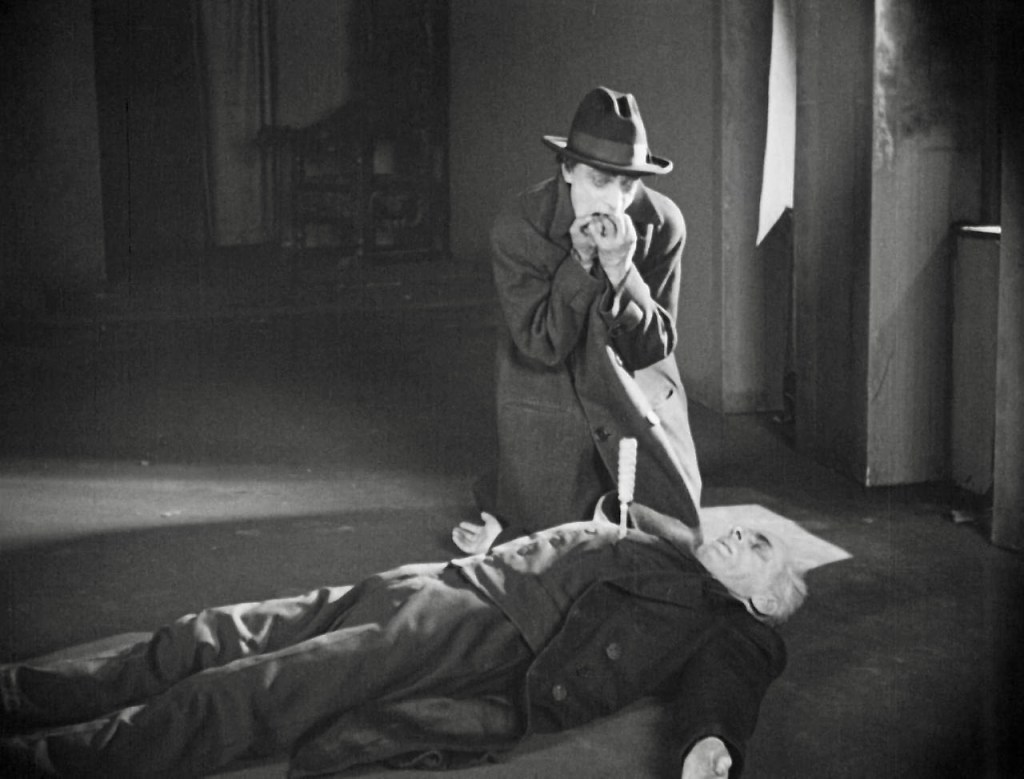
For one thing, it took three years for the film to acquire U.S. distribution rights and the version that was exported from Germany was edited down from the original release. When it opened in America, most critics found fault with the outlandish plot or treatment such as Variety which noted, “Were it not for Veidt’s masterly characterization, The Hands of Orlac would be an absurd fantasy in the old-time mystery-thriller class.”

Mordaunt Hall, the reviewer for The New York Times, voiced a similar opinion, saying “…It is hardly fair to say that Conrad Veidt goes a bit far in his efforts to strike terror into the hearts of his spectators. Nevertheless, one can assert with safety that Mr. Veidt and the others would have added to the reality of their Grand Guignol tale if they had been a bit more restrained.”
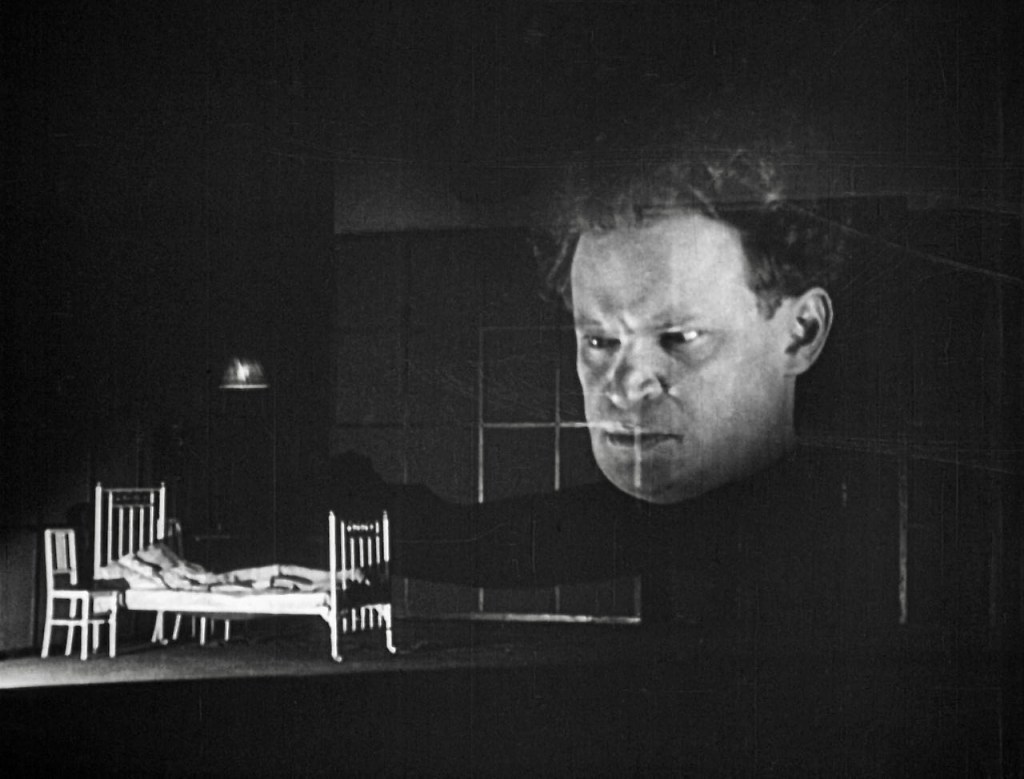
While the Robert Wiene-Conrad Veidt version of The Hands of Orlac may not be considered the definitive version of Maurice Renard’s novel, it certainly inspired numerous remakes and homages (some unacknowledged like the 1991 Body Parts, based on the novel Choice Cuts by Pierre Boileau and Thomas Narcejac).
Most horror buffs prefer Mad Love, the 1935 Hollywood remake by director Karl Freund which stars Colin Clive as Orlac and Peter Lorre as his tormentor. Other versions of the tale include a 1960 remake starring Mel Ferrer and Christopher Lee, a 1962 independent production entitled Hands of a Stranger (featuring a young Sally Kellerman in a supporting role) and a French-Hungarian TV version in 1991 – Des voix dans la nuit – Les mains d’Orlac.
For many years, the 1924 silent version was readily available on VHS from various distributors hawking inferior public domain copies. Then, Kino Lorber came to the rescue in February 2008 with a remastered version on DVD that included this information: The Hands of Orlac was mastered in HD from a restored 35mm print provided by the Friedrich Wilhelm Murnau Stiftung. The intertitles of this version had been reset in a generic contemporary type. Kino, the distributor of the film, knew of the existence of a 16mm print with English intertitles, in the Raymond Rohauer Collection of Douris UK Ltd. They brought this print in to see if the titles might be originals from 1924, perhaps set in a unique typeface. Their plan was to cut the original titles from one print into the other. It turned out that the titles were not original but, like the German print, had been replaced with a generic font. What Kino did discover, upon closer examination, was that the edit of the 16mm print differed from the 35mm print. Side-by-side comparisons revealed that these films were derived from different negatives. Silent films at this time were often shot with multiple cameras (and in some cases compiled from multiple takes from the same camera) so that there would be two or more separate negatives: one for domestic distribution and one or more to be sent to the international territories to which the film was licensed. In most cases, Kino relied on the Murnau print but included any scene from the 16mm print that was not in the 35mm version.
In 2021 Eureka Entertainment released a much more extensive HD restoration of The Hands of Orlac on Blu-ray in a limited edition pressing of 2,000 copies as part of their “Masters of Cinema” line. This is the best option for those who want to experience this influential example of German Expressionism though you will need an all-region Blu-ray player to view it.
*This is a revised and expanded version of an article that originally appeared on the Turner Classic Movies website.

Other websites of interest:
https://www.acmi.net.au/stories-and-ideas/out-darkness-influence-german-expressionism/
https://www.movementsinfilm.com/blog/german-expressionist-films-1919-1931

